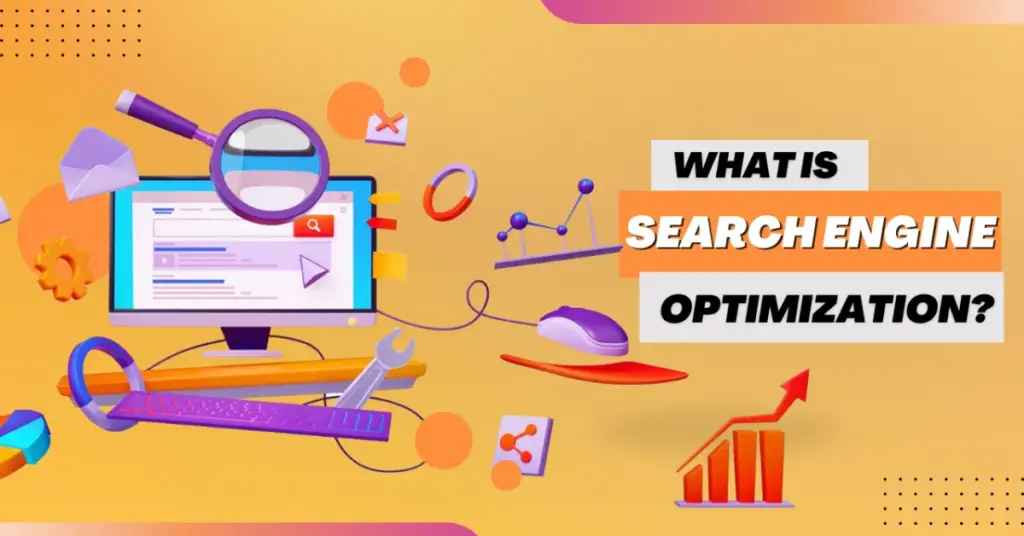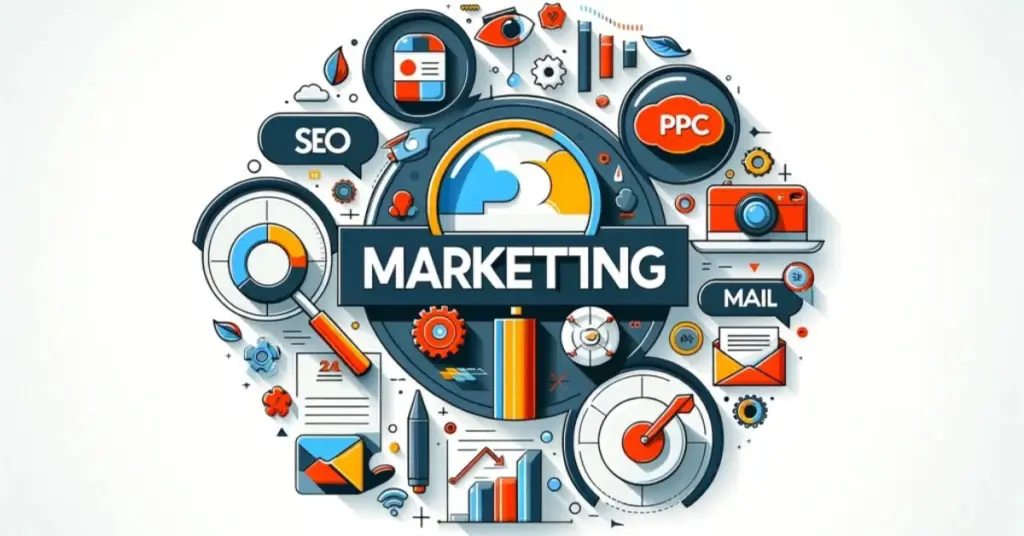Talking about this article, well it will dive into the metrics that e-commerce businesses should track especially when they are executing a Shopify PPC campaign. What is it that plays a major role in increase of quality website traffic? An efficient pay-per-click (PPC) strategy. When we talk of e-commerce platforms, let’s say Shopify for example, It is mostly a preferred choice because of its features and easy to navigate user-friendly customization options.
Shopify is known to be a platform that provides a foundation for running campaigns. However, it’s indeed very important to monitor the correct metrics for these kind of strategies to get the best desired results. This is where things get interesting.
1. Click Through Rate (CTR)
CTR is calculated by dividing the number of clicks your ad receives by the number of impressions. A higher CTR specifies that your ad is relevant and compelling to users. To improve your CTR, you should focus on creating engaging ad copy and targeting the right audience. So, let’s say if one wants to enhance their CTR, first choice should be refining your ad copy following with utilizing visuals or videos, and then optimizing targeting criteria.
2. Conversion Rate
CPA is the amount you spend to acquire a conversion. It can easily be calculated by dividing your total ad spend by the number of conversions. So efficiency of your campaign in driving sales can be easily understood by simply monitoring your CPA.
Tracking conversion rates allows you to figure out how effective your ads are performing and reaching the end goals which is either into sales or acquisitions. A proper calculation of this rate is necessary to keep track of your ad’s performance and that is one of the main reasons why Shopify includes a handy conversion tracking feature which allows you to easily monitor this metric by setting up conversion actions and tags.
3. Cost per Acquisition
CPA is simply the costs to acquire a customer. This indicator is very much needed to assess if your PPC campaign is aligning with your marketing budget expectations.
When calculating the CPA, One should divide their total advertising spend by the number of conversions achieved during that time frame. Which means the lower the cost, the better it is. At the inception of your marketing campaigns, the rate can be high. However, with time, things start shooting straight, right-on point.
4. Return on Ad Spend (ROAS)
ROAS measures the revenue generated for every dollar spent on advertising. You talk about calculation; you simply divide the revenue from your ads by your ad spend. A higher ROAS indicates a more profitable campaign.
5. Customer Lifetime Value (CLTV or LTV)
CLTV is mainly known as profit a customer is expected to bring in while they are interacting with your business. It’s a measure for understanding how profitable a customer can be over the long time period. By keeping a track of CLTV along with customer acquisition costs, one can easily optimize your PPC efforts and see if you’re attracting customers who are contributing more value over time.
At the core of it, calculating CVTL helps in figuring out the right approach to be taken for better customer retention, reduce churn rates, and of course increasing long-term profitability.
6. Return on Investment (ROI)
Next and the one of the most important on the list is the Return on Investment. A beautiful indicator which helps us to evaluate the success of your Shopify campaign. This metric shows us how profitable your marketing investment is and gives you an idea of what your plan is bringing in returns for your business.
To calculate ROI, one should subtract their costs from the revenue they have generated through there PPC efforts and divide that by costs.
7. Cart Abandonment Rate
When running a business, things are not going to be smooth as we have imagined. Now this is phenomena that is known as cart abandonment. It poses a challenge for e-commerce businesses.
To monitor how often users add items to their carts but don’t complete the purchase. By the use of ShopifyAnalytics,you can track the cart abandonment rate along with the third-party tools integrated with Shopify.
8. Quality Score
Platforms such as Google Ads they often use the Quality Score to simply evaluate how relevant and effective your ads are. Even though it is not directly linked to Shopify, maintaining a Quality Score can greatly impact the success of your campaigns. A great score will enhance ad placement, improving your marketing performance.
9. Performance of Ad Placements
Well, it plays a very important role in your visibility and effectiveness. When running a campaign, it is very crucial to monitor how exactly your ads are performing across all the platforms. These platforms include Google search results, display network sites, or social media platforms such as Facebook and Instagram. Once you start analysing data on ad placements, it will help in optimizing as well as targeting strategies which will eventually increase exposure in the positions.
9. Average Order Value (AOV)
AOV is the average amount spent by customers on a single order. Increasing your AOV can significantly boost your revenue without increasing your ad spend.
Conclusion
As e-commerce businesses invest in Shopify PPC campaigns to boost visibility and drive sales,
Keeping a detailed eye on these metrics will serve you with effectiveness and aid in refining your future strategies accordingly. Whether its tracking CTRs and conversion rates or it’s monitoring CPAs and ROAS—focusing on these metrics allows businesses to make decisions which are completely based on data rather than doing guesswork.It maximizes their marketing efforts. Therefore, success doesn’t look far when a Shopify PPC campaign hinges on monitoring the metrics and taking calculate decisions to optimize and conduct operations accordingly.





